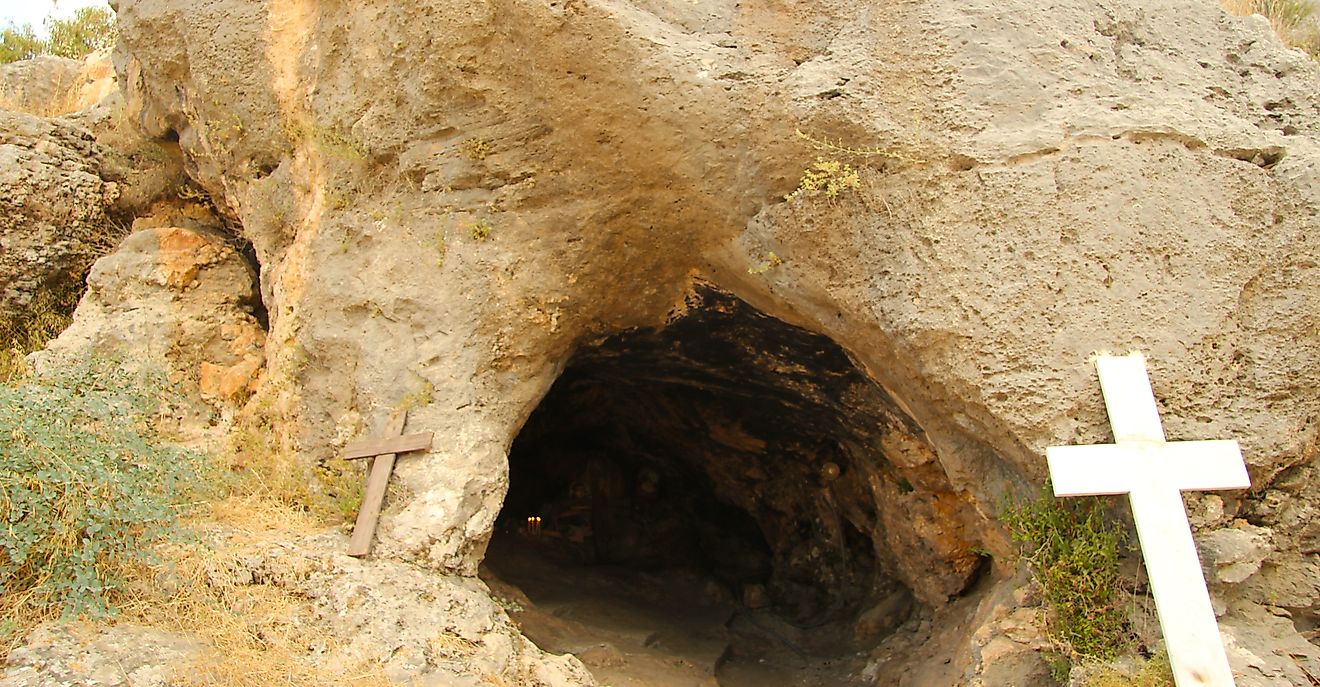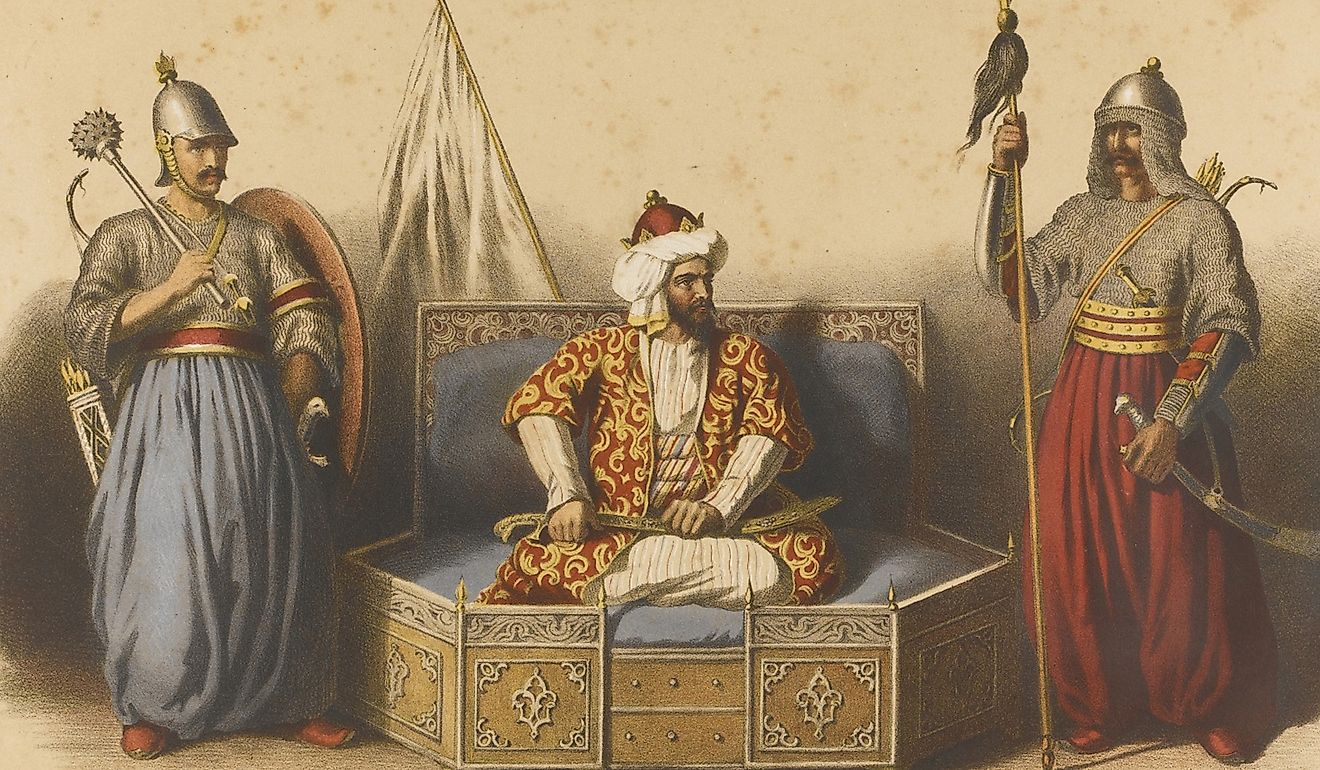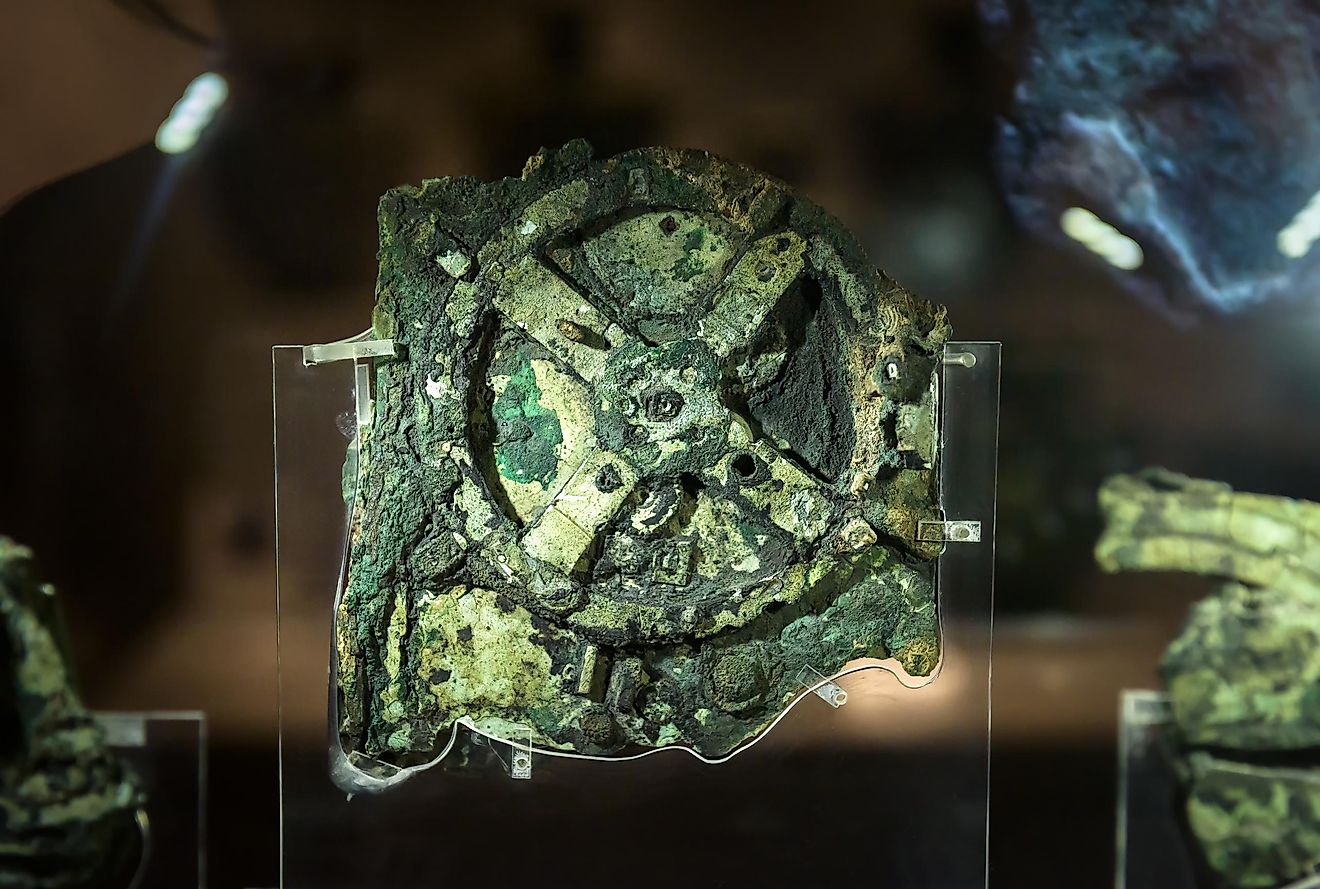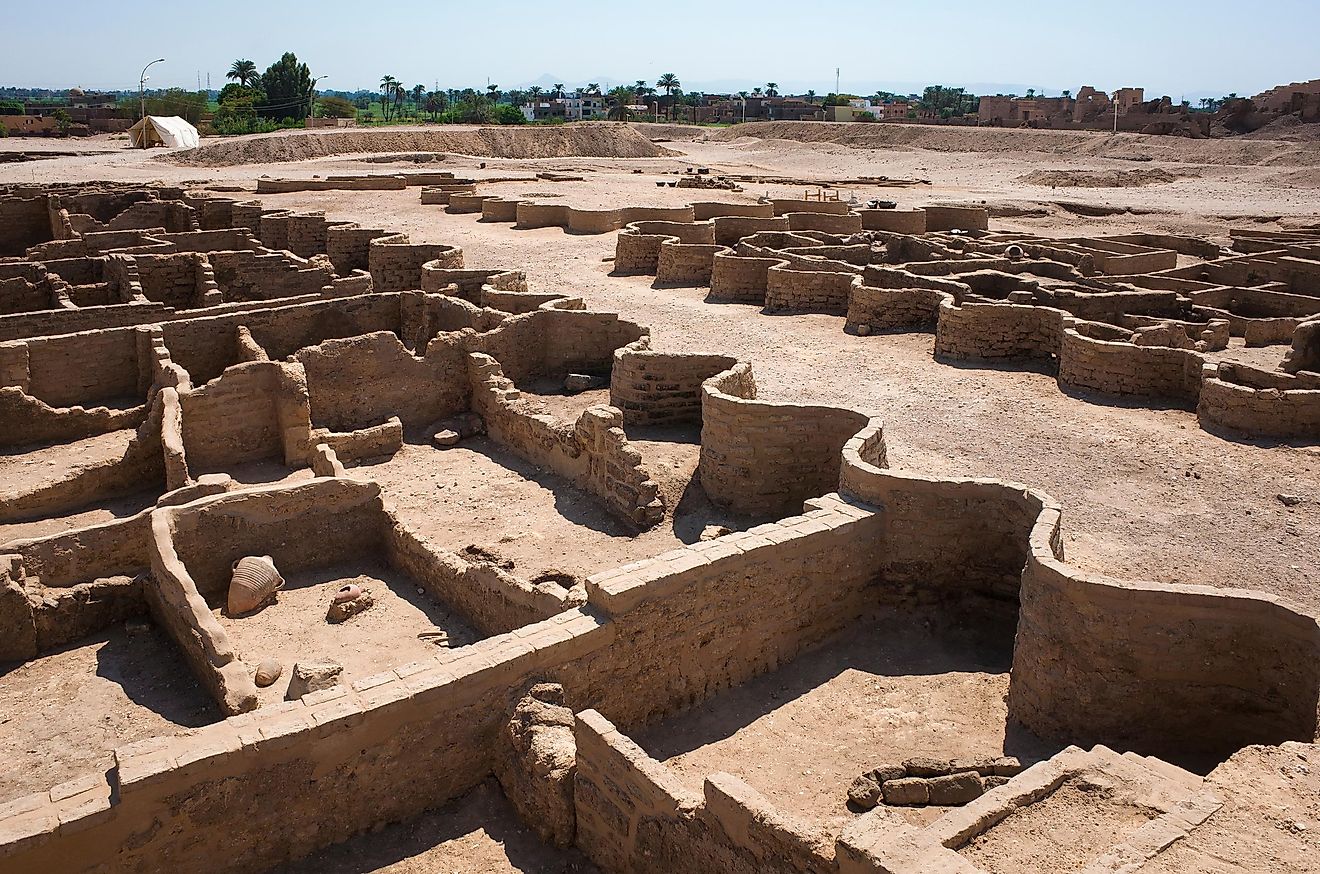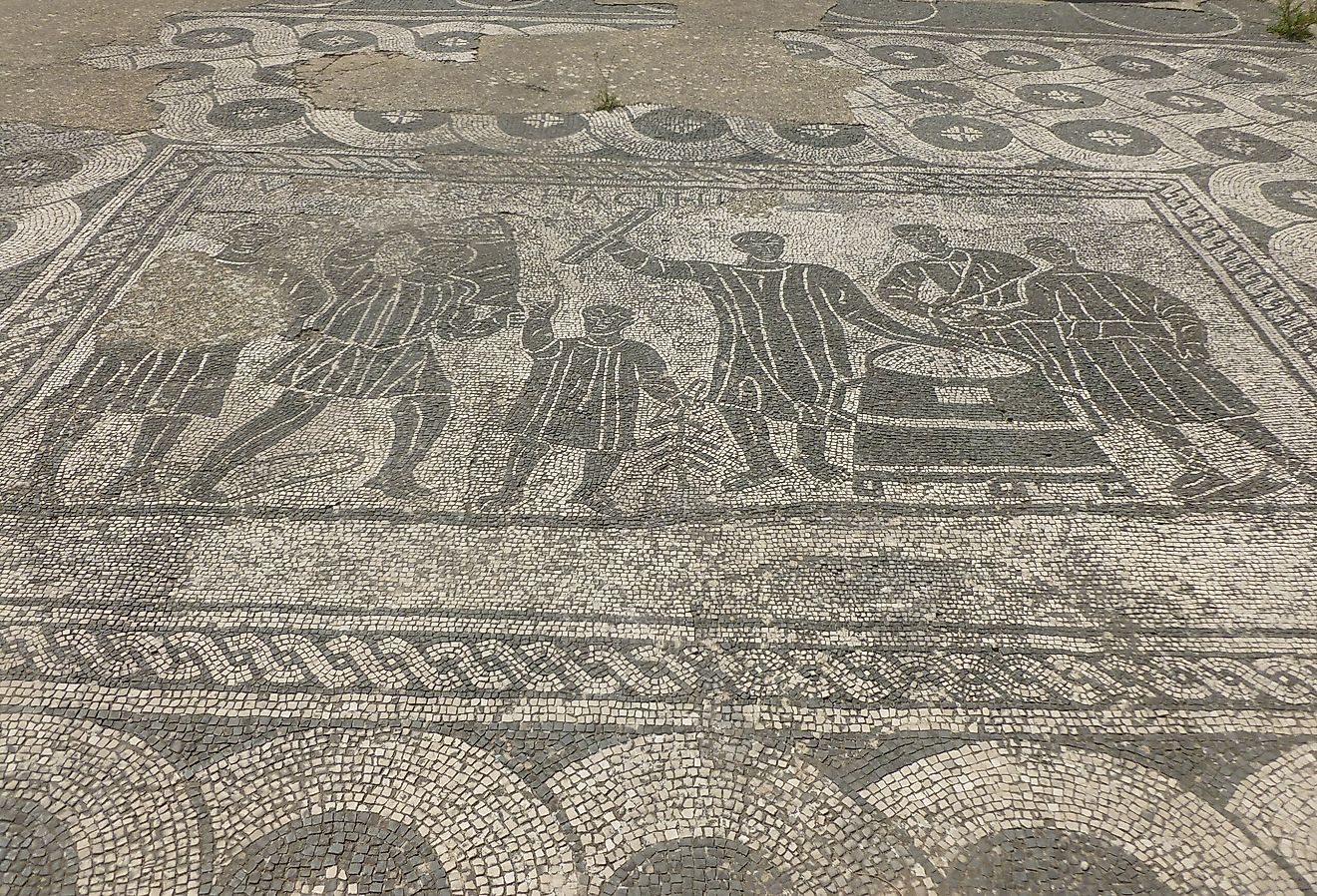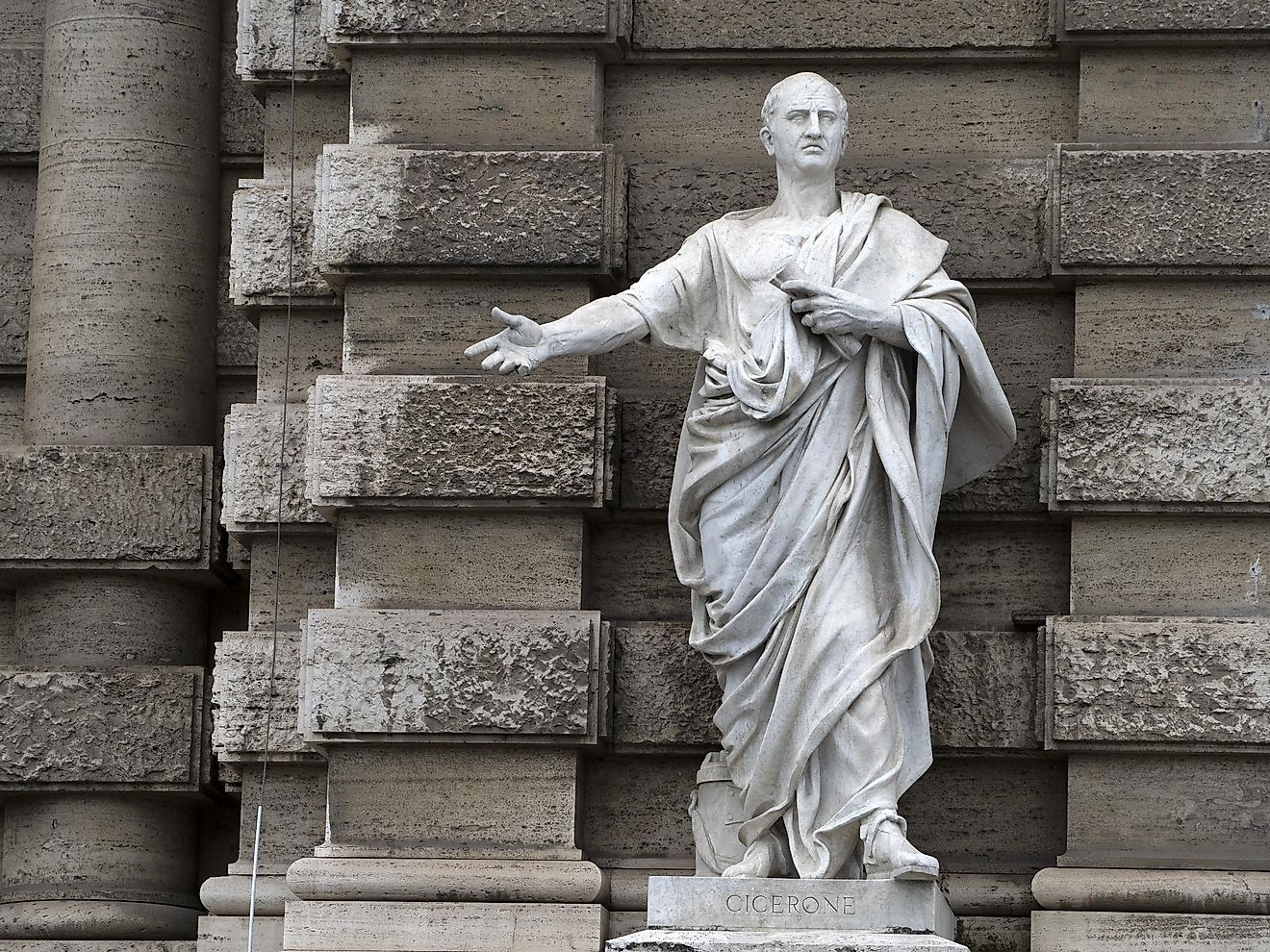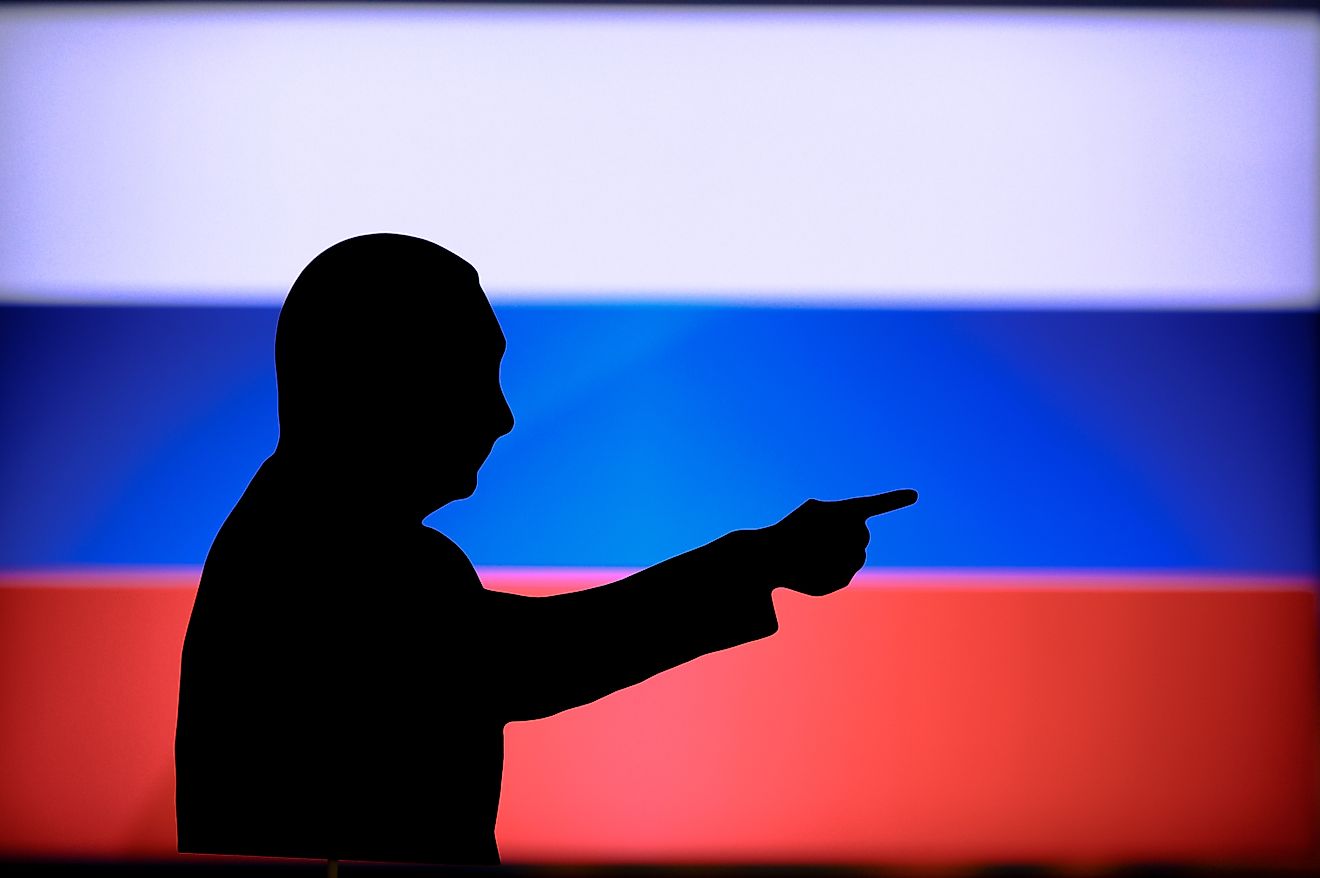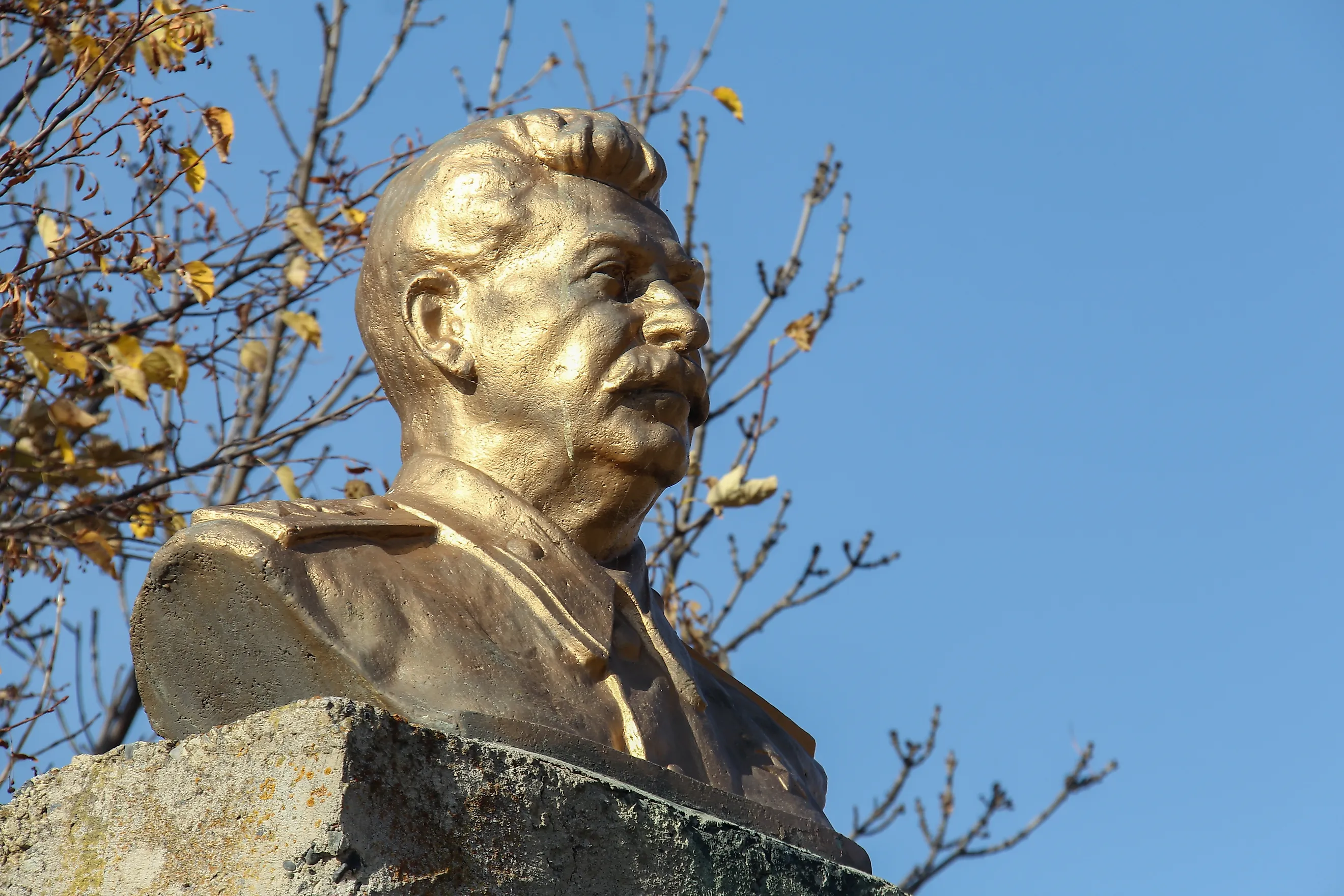
How did Stalin Rise to Power?
Joseph Stalin was perhaps the most consequential leader in the Soviet Union's history. Overseeing a fundamental transformation of the country economically and technologically, he was also responsible for the deaths of tens of millions of people. Furthermore, while Lenin was an authoritarian leader, Stalin transformed the Soviet Union into a totalitarian state. However, the nature of Stalin's rule cannot truly be understood without first exploring his rise to power.
The Beginning
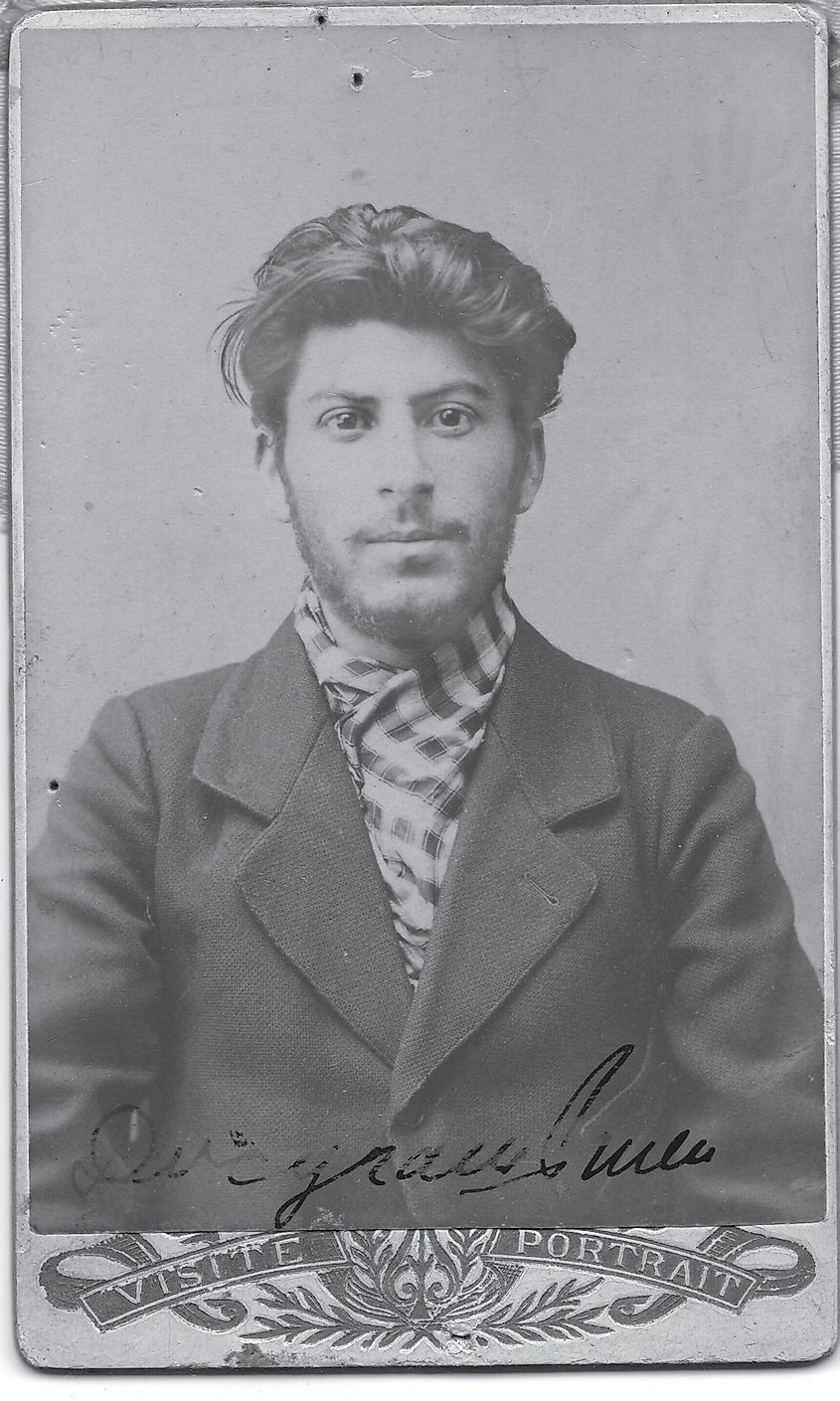
Joseph Stalin was born in Gori, Georgia, on December 18, 1878. A smart, quiet child with a temper, Stalin won a scholarship to study to become a priest. Nonetheless, as a teenager, he discovered Marxism and was subsequently expelled from school for being an atheist. As a young man, Stalin rose through the ranks of the Bolsheviks and eventually became one of Lenin's full-time revolutionaries. This resulted in him being exiled to Siberia several times, including when the Russian Revolution began. Hearing news of the revolution, Stalin traveled back west. When the civil war began, he further raised his status and established a reputation as someone who could accomplish difficult tasks. Regardless, it was difficult for him to gain the respect of the major Bolshevik intellectuals since he lacked their formal education. Thus, Stalin was given the relatively mundane position of General Secretary. This looked like a mainly administrative role, but he cleverly used his position to control appointments, build a network of loyal supporters, and gradually marginalize his rivals within the Communist Party.
The Death of Lenin
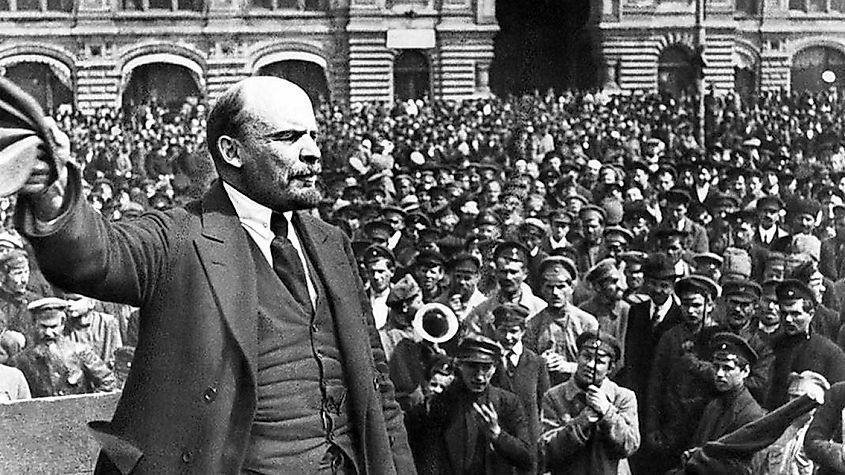
On January 21, 1924, Vladimir Lenin died, prompting a power struggle over who would lead the party. Lenin, aware that this would occur, had outlined the strengths and weaknesses of the major party leaders in his last will and testament, including Leon Trotsky, Nikolai Bukharin, and Joseph Stalin. He ultimately stated that no one person was qualified to rule alone, and thus, they should rule collectively. However, on January 4, 1923, Lenin added a postscript, stating that Stalin was too rude to be the General Secretary and should be removed from the position. Despite these factors working against Stalin, he immediately used Lenin's death to his advantage. At Lenin's funeral, Stalin portrayed himself as a close friend and the natural next leader of the Communist Party. Stalin also contributed to Lenin's personality cult, portraying the revolutionary in a godlike manner and himself as Lenin's closest disciple. All this resulted in Stalin gaining more and more influence after Lenin's death.
The Power Struggle

In May 1924, at the 13th Party Congress, Stalin presented "Socialism in One Country", the theory that while a worldwide communist revolution was ultimately the goal, the capitalist world's hostility towards communism necessitated that the Soviet Union build up its strength. This was yet another way Stalin portrayed himself as Lenin's successor, since the revolutionary had become pessimistic about the prospect of an imminent worldwide revolution in the years before his death. The theory was also genuinely popular, appealing to nationalist sentiment and contrasting with Leon Trotsky's theory of "permanent revolution", which espoused that communism was inherently international. Indeed, this Congress marked the beginning of Trotsky's downfall, with him being stripped of his role as War Commissar in 1925.
Stalin also used his role as general secretary to build a system of patronage and allies. One such ally was Vyacheslav Molotov. Known as "the Hammer," Molotov was made a member of the Politburo in 1926. With his help, along with others, Stalin gradually isolated his opponents before removing them entirely. Three such opponents were Lev Kamenev, Grigory Zinoviev, and Nikolai Bukharin.
Stalin Emerges Victorious
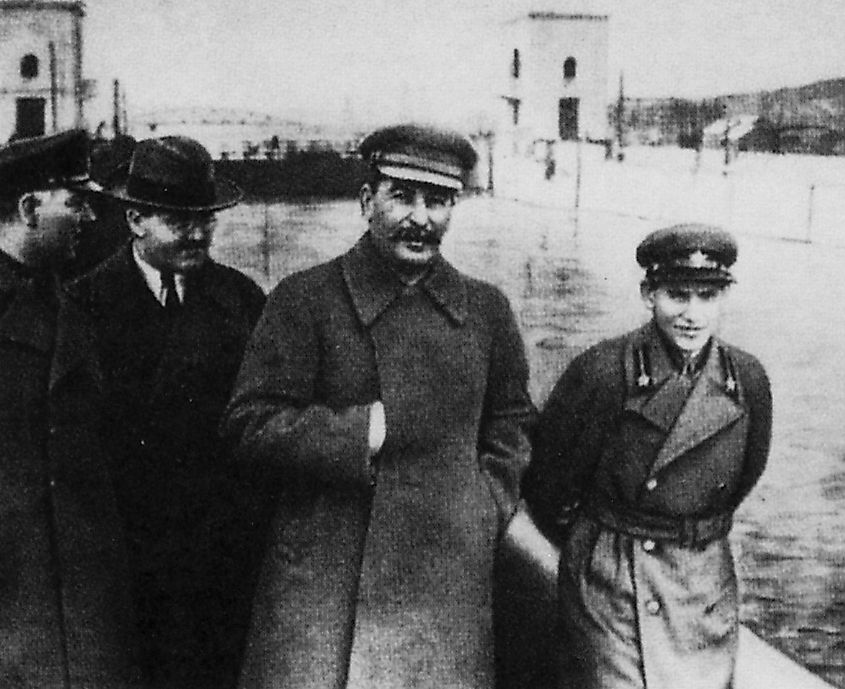
Having previously used Kamenev and Zinoviev to isolate Trotsky, Stalin no longer needed them. Thus, he began to ally himself with Bukharin. More right-wing than Kamenev and Zinoviev, Bukharin supported the New Economic Policy (NEP), a lessening of state control over the economy, which was adopted during the civil war. Utilising his newfound right-wing alliance, Stalin isolated Kamenev and Zinoviev, eventually expelling them from the party in 1927. Stalin's allies then filled their roles. Having now fulfilled his purpose, Bukharin was of no use to Stalin. Indeed, by the beginning of 1928, four out of the nine members of the Politbureau were Stalin loyalists, and a fifth member was Stalin himself. With this majority, Stalin started to talk about how the NEP had served its purpose and that it was now time to return to a more truly socialist economy. Therefore, Bukharin began to lose his influence, and in November 1929, he and the other right-wingers were expelled from the party leadership. With this, Stalin had truly secured his grip over the Communist Party and the Soviet Union. He went on to rule for 29 years and was the Soviet Union's longest-running leader.
Final Words
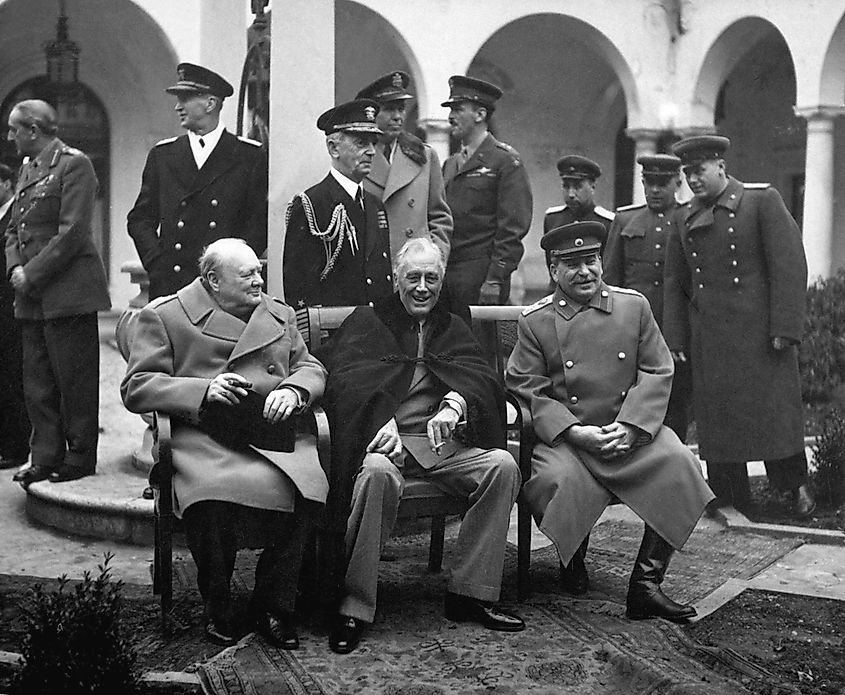
Joseph Stalin's rise to power was a long and complicated process. Born in Georgia, his interest in communism as a teenager led him to join the Bolsheviks. His slow rise to the upper echelons of leadership was then characterised by patronage, scheming, and betrayal until he was insulated by supporters. Finally, by the beginning of the 1930s, Stalin was the undisputed leader of the Soviet Union, and he ruled it with an iron grip.
